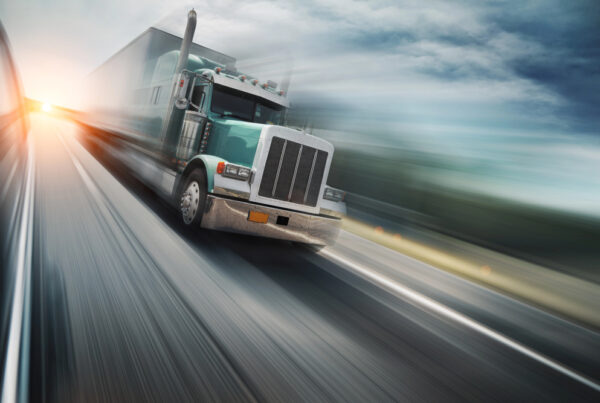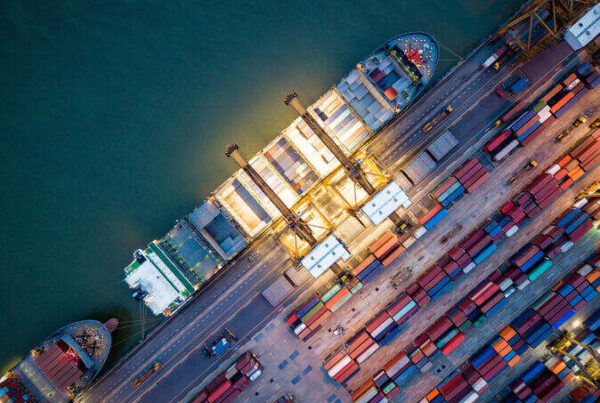Flatbed trailers are workhorses for the trucking industry, moving things like large machinery and oversized cargo. Their open decks make them highly versatile. ShipEX Logistics knows a thing or two about handling flatbeds. At ShipEX, we remain committed to taking care of your valuable cargo with safe and timely transport.
Picking a suitable flatbed trailer will make a big difference in the logistics operation. It affects how well your freight is secured, how much it costs you to ship, and how smoothly your supply chain flows. Knowing the different types of flatbed trailers helps you choose the one most suitable for your needs, protect your goods, and optimize your logistics.
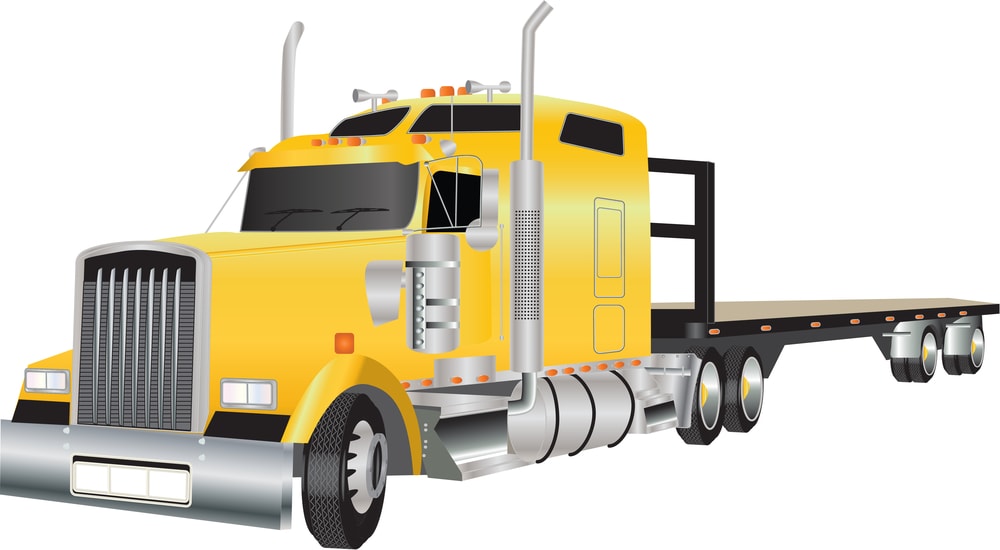
What Is a Flatbed Trailer?
The flatbed trailer is a type of open deck trailer that is used in the hauling business to move big freight, heavy loads, and oversized equipment. These trailers, because they have no sides or a roof, become ideal options when moving goods that cannot fit into standard trailers. The design enables easy loading and unloading from any side.
Where dry van trailers are fully enclosed and protect their freight from the elements, a flatbed trailer gives more flexibility for moving oddly shaped or oversized freight. This automatically means cargo on flatbeds is exposed to the weather and should be properly secured to avoid damage or shifting during transport. For businesses whose needs include moving large freight that does not fit within the confines of a regular dry van trailer, flatbed trailers play an important role within the supply chain, offering massive space with the flexibility to move heavy loads efficiently.
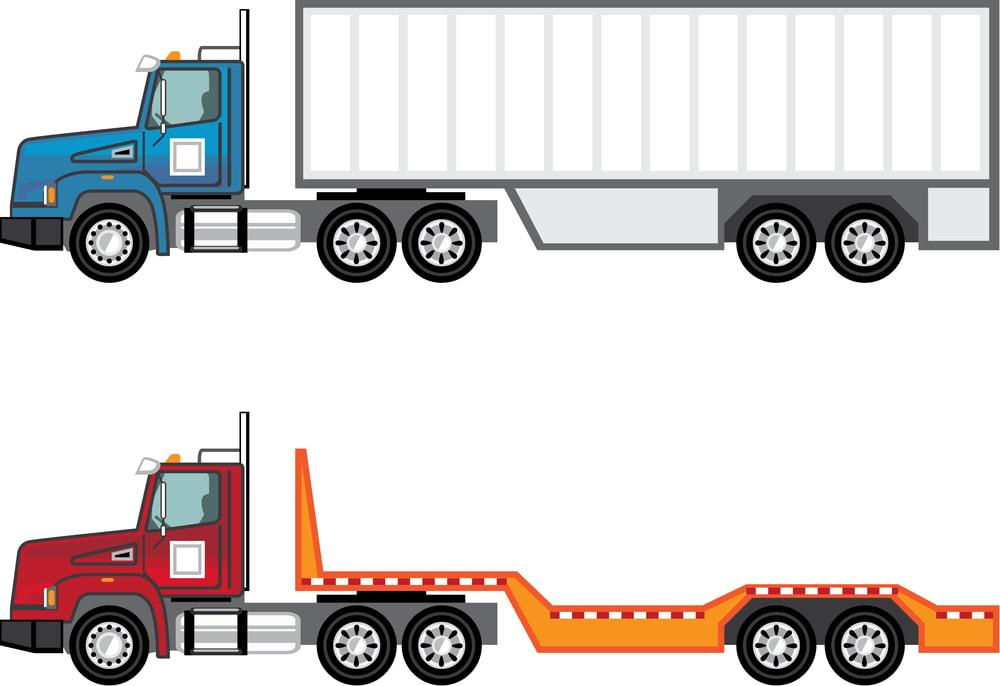
Flatbed Conestoga Trailers: A Flexible Solution
Conestoga flatbeds offer options to the shipper who requires the open area of a flatbed yet also the protection of an enclosed trailer. Unlike flatbed trailers, which leave their cargo directly exposed to oncoming road conditions and weather, a Conestoga is equipped with a retractable tarping system. This design feature creates a protective covering over the freight being hauled, offering protection from road elements and weather conditions without sacrificing efficiency in loading and unloading the cargo. The tarping system can be easily retracted for flexibility in assuring cargo remains protected.
Another benefit of these flatbed trailers is there accessibility. In a standard flatbed, loading is usually done from the top or back end, which would limit cargo options. Conestoga trailers provide the added ability of side loading, which makes loading and unloading oversized or irregularly shaped freight much easier. All of this flexibility tends to cut down on loading times and helps minimize the potential for damage.

Types of Conestoga Trailers
Conestoga trailers keep your cargo safe and sound, but they’re still easy to load and unload. These trailers have a rolling tarp system and because of this, they are perfectly suited to loads that need protection from the elements but cannot be easily handled with a traditional flatbed.
Standard Flatbed:
The standard Conestoga features a flat, open deck that’s protected by a retractable tarp system. This makes it perfect for hauling freight that needs protection from the weather, yet is more convenient to load and unload. Flatbeds commonly carry construction materials, steel coils, and machinery. The normal weight capacity of a flatbed Conestoga ranges from 44,000 to 48,000 pounds, depending on the specifications of the trailer. There are multiple options for Conestoga lengths, carrying various sizes of freight while allowing safety in transit.
Step Deck:
The step deck conestoga trailer has an upper and a lower deck, providing more alternatives to loading. This becomes very handy when there is tall freight or a load to be moved with heights greater than what is legally maximum. The maximum height of the upper deck is usually about 10 feet, while taller freight can be accommodated under the lower deck. These trailers are great for carrying heavy machinery, building materials, and other large items that require extra height and a smooth loading experience.
Double Drop:
When it comes to transporting oversized equipment and machinery, such as CNC machinery, double-drop Conestoga trailers are the go-to option. Because the bottom deck is closer to the ground, it can carry cargo much taller than would normally be allowed due to height restrictions. This generally means that the maximum height of the top of the lower deck is about 18-24 inches, leaving lots of room for an oversized load. The back deck provides additional support, and this type of trailer is especially great for heavy or otherwise oddly-shaped equipment that needs to be moved around safely.
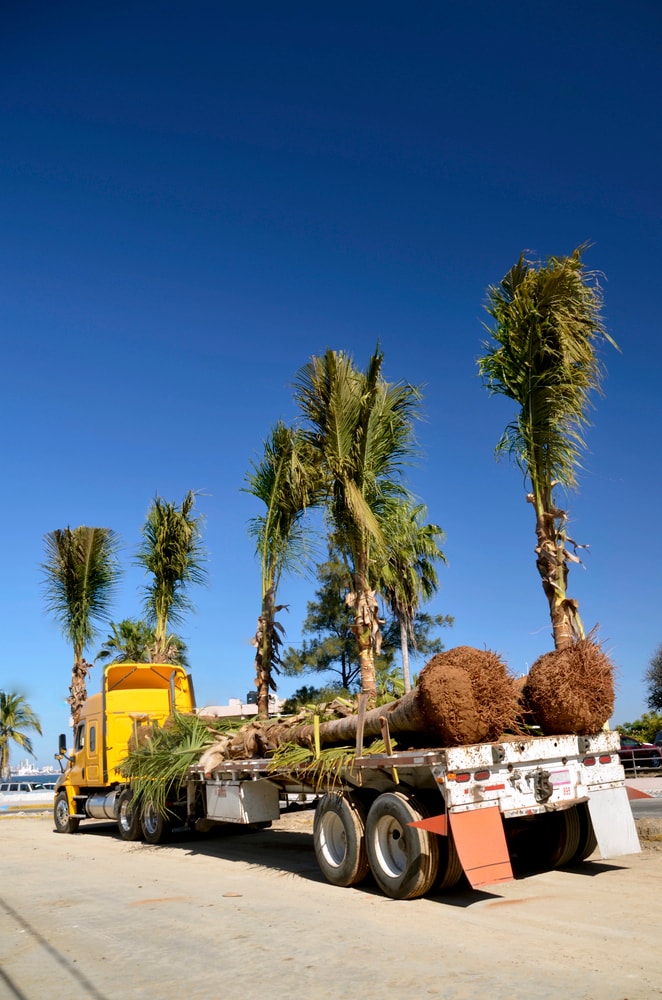
Benefits:
The Conestoga flatbed trailer, with its tarping system, ensures shipments stay safe from a wide range of weather conditions. These trailers allow for easier loading and unloading, as ample side access will reduce overall time spent on handling. The Conestoga design allows for safety in the transportation of tall or otherwise irregularly shaped freight. It can easily handle items that cannot be safely moved on a standard flatbed trailer, without the risks involved. These methods of protection help to deliver freight intact, whether it be larger or small.
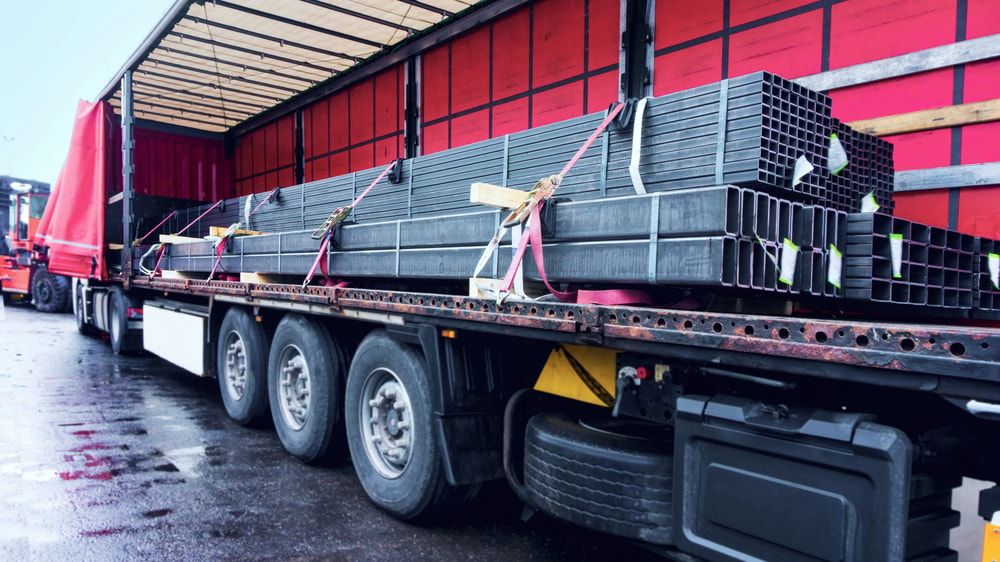
Specialized Uses:
Conestoga flatbed trailers work great for oversized equipment such as CNC machinery and industrial materials. They offer the flexibility of an open deck while also providing the protective covering of a tarp system. With the ability to handle wide loads and major weight capacities, flatbed Conestogas are the perfect equipment on which to move goods requiring more protection.
Conestoga Trailer vs. Other Trailer Types
Compared to the Conestoga trailer, standard flatbeds, and dry van step deck trailers have some advantages over others. The standard flatbed trailer is great for huge or oversized cargo because it has easy access to loading and unloading from its many sides. However, protection from the elements is minimal. Step deck trailers can handle taller loads due to their lower deck height but also share many of the same exposures. Dry van trailers are fully weather-tight, while the nature of the enclosure makes them less suited to oversized or oddly shaped cargo.
Conestoga trailers offer the best of both worlds. With their retractable tarp system, they provide full access, much like a flatbed, yet protect sensitive or highly valued cargo from the weather and road debris. From a supply chain perspective, Conestoga flatbed trailers ease the process of loading and minimize the risk of damage throughout the transportation process, offering secure, timely delivery.
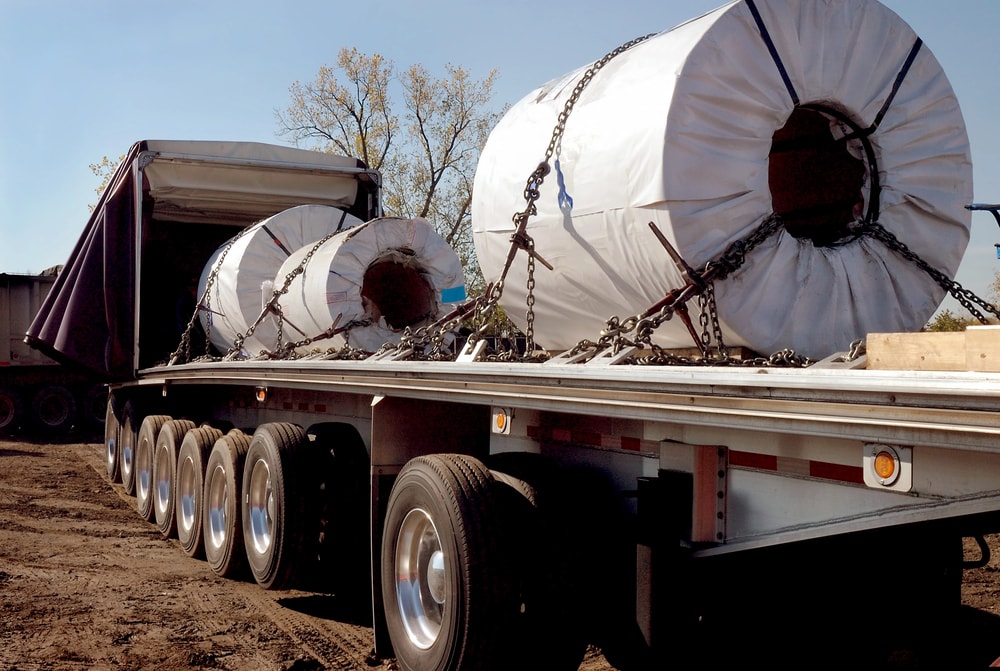
Conclusion
Conestoga trailers are like a one-stop shop for shipping. They can handle almost anything, from heavy machinery to delicate packages, and they’re perfect for all kinds of transportation needs. By design, these are meant to allow quick loading and unloading with the security of goods from weather conditions and the road. These trailers are very useful to businesses that need the flexibility of a flatbed together with the added advantages of a fully enclosed system. Whether you haul oversized equipment or sensitive materials, Conestoga freight trailers make it easier and secure your cargo with increased safety.
At ShipEX Logistics, we offer several unique options for your specific shipping needs. Our people are here to guide you in picking the correct equipment to make sure that your freight is safeguarded and effectively moved through all touches in the supply chain. If you’re ready to take your logistics to the next level, reach out today for expert advice. For more on Conestoga trailer options and to learn how we can support your business, visit us today at ShipEXLogistics.com.


